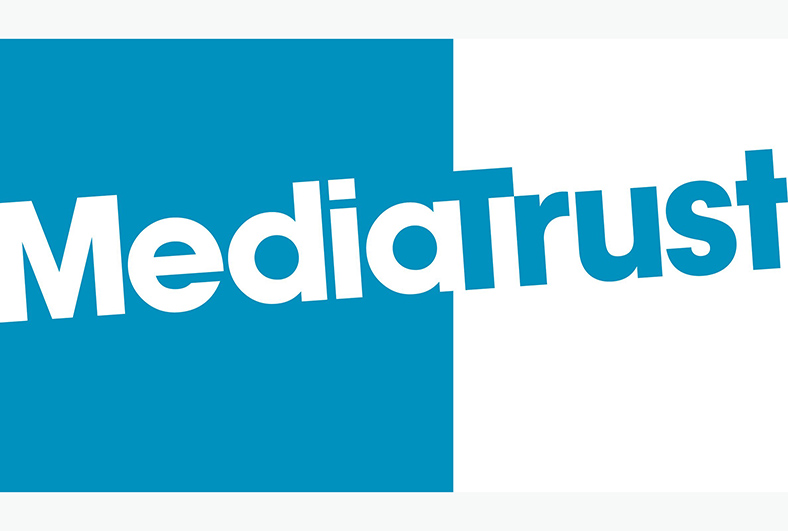Blog / Experts / Journalists
The visibility of disability

The following piece features in the ResponseSource Diversity in Journalism white paper, which can be downloaded here, and comes from Chris Pike, programme manager – Reframing Disability in News at the Media Trust
Disabled people are woefully under-represented in the media. Where disabled people are visible, it’s overwhelmingly in the form of tropes. In 1991, Paul Hunt analysed that almost all disabled people in the media – both fictional characters, and on-screen representation of real people – can be categorised as one of ten stereotypes, ranging from sinister, pitiable and laughable, through to heroic and ‘special’. This is often noticeable in entertainment broadcasting, but the same also occurs in broadcast news and documentaries. Such shows exist precisely to teach and inform us about current affairs, and to tell a balanced story of what is going on in the world; and yet it is often the case that disabled peoples’ stories are often missed, and where they are reported they are still presented as cause for pity, anger or unrealistic heroism.
In giving these examples I sound a little like Goldilocks complaining about porridge – on the other hand, negative portrayals are bad, but then when disabled people are portrayed as heroic and powerful, I also take issue with it! The issue with all these examples, however, is ultimately the same – they are dehumanising. Even when talking about an individual, anything ‘individual’ about that person is lost in the report or story, and the person becomes just a mechanism through which to talk about a medical condition. This is damaging for two reasons. Firstly, it contributes to the idea that all disabilities, and all manifestations of disability, are exclusively medical, and something to be treated. But more than that, it misses out the huge diversity of disabled people – their individual strengths, weaknesses, interests, passions, successes, failures, and everything else that makes a person. This means the public’s understanding of disabled people is not just inaccurate but limited too. That’s not to say that a disability won’t play a large part in a person’s life – but it is just one among many things that make a person, whether they’re a character in a story or a feature in a news report, interesting.
So, what needs to change, and how? In October 2019, Media Trust ran a Reframing Disability summit, sponsored by Channel 4 and in partnership with Scope, Disability Rights UK, and ELVIS. The event brought together some of the biggest names in media and advertising with leading disability charities to look at how the representation of disabled people across television, advertising and journalism can be improved. These are some of the key findings:
Evolving landscape
Many media organisations are still working on outdated understandings of disability, built exclusively on the medical model of disability and with a narrow concept of what constitutes a disability. In order to represent disabled people in all their diversity, it will be essential to expand that understanding and to incorporate a social model understanding.
Changing disability’s Cinderella status
If the situation is to improve for representation of disabled people in media, media organisations across the sector – as well as organisations of all kinds – must start to treat disability representation as seriously as they treat issues of diversity around race, gender and sexual orientation.
New angles
In order to reframe disability, we need to move away from the same old tropes and stereotypes and start to share new stories of disabled people participating in all walks of life.
Leadership and culture
It is not good enough for disability to be the responsibility of one junior member of staff. It must be taken seriously by senior leadership and permeate into organisational culture. Examples of organisations that have been successful in this have demonstrated that being disability-inclusive needn’t be a chore; it can become second nature and part of normal working practice with time.
Data and tracking
The BBC’s own 50:50 Project on gender representation has proven that by monitoring and tracking developments of who is visible on-screen, this gives a real impetus and motivation to individual departments to improve their diversity and visibility.
More accessible platforms
It’s all very well prioritising an increase in disabled representation; but if your platforms and practices aren’t accessible, then many disabled people will be left out. Often changes are small and easy to make, but ask the question, and be openminded about how flexible you can be.